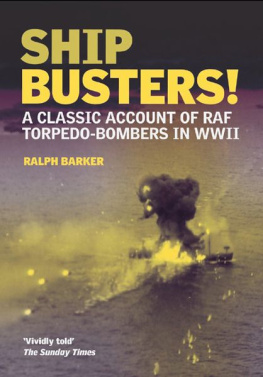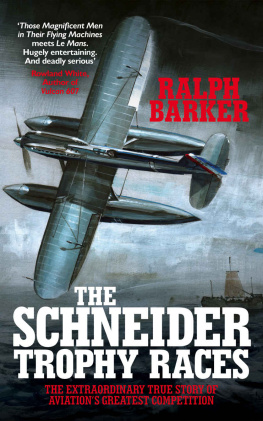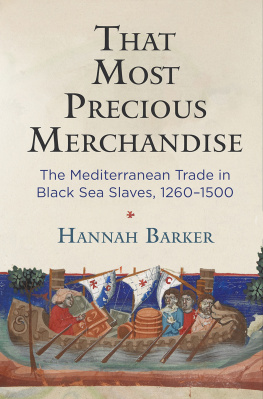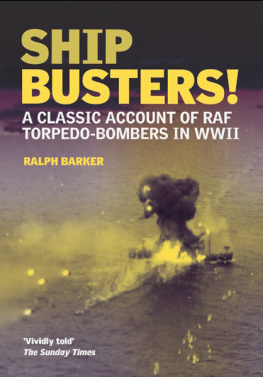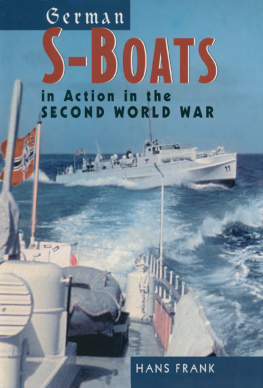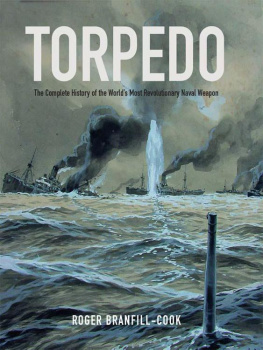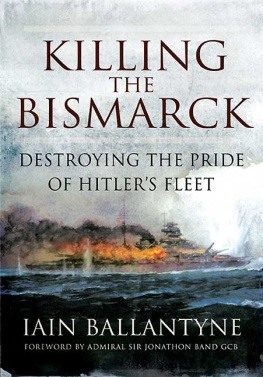

Originally published in 1957 by
Chatto & Windus Ltd, London
The new edition first published 2009 by
Grub Street, 4 Rainham Close, London SW11 6SS
Grub Street 2009
Text Ralph Barker 2009
British Library Cataloguing in Publication Data
Barker, Ralph, 1917
Ship busters!: a classic account of RAF torpedo-bombers in WWII.
1. Great Britain, Royal Air Force History World War,
1939-1945. 2. World War, 1939-1945 Aerial operations, British.
I. Title
940.544941-dc22
ISBN: 9781906502294
EPUB ISBN: 9781909166684
Printed and bound by MPG Ltd, Bodmin, Cornwall
Grub Street only uses Forest Stewardship Council (FSC)
paper for its books.
The author and publisher are hugely indebted to Roger Haywood for
supplying most of the images used in this publication. Also thanks
to Lawrie Evans for his assistance.
CONTENTS
ACKNOWLEDGMENTS
For most of the material used in the writing of this book I am indebted to the survivors of the anti-shipping squadrons, who have been most generous and enthusiastic in their help. I must also gratefully acknowledge the access I have been given by the Air Ministry to various operational records.
For background I have consulted the following books and publications: Not Peace but a Sword , by Wing Commander R. P. M. Gibbs, D.S.O., D.F.C. (Cassell); The Rommel Papers , edited by B. H. Liddell Hart (Collins); The First and the Last , by Adolf Galland (Methuen); The Second World War , by Winston Churchill (Cassell); Royal Air Force 1939-1945 , by Denis Richards and Hilary St.G. Saunders (H.M.S.O.). Permission to quote from Cmd. Paper 6775 (the Report of the Board of Enquiry into the escape of the Scharnhorst, Gneisenau and Prinz Eugen from Brest) is acknowledged to the Controller of H.M. Stationery Office.
I should perhaps add that the narrative treatment and the opinions expressed are entirely my own.
R ALPH B ARKER
PREAMBLE: THE BEAUFORTS
They met at Chivenor. Chivenor, near Barnstaple, in North Devon. The pilot was an Australian, Dick Marshall, a sergeant, wearing the dark-blue uniform of an Australian volunteer, magnificently built, with a jutting jaw. Beginning his training in Canada, that prognathous jaw, reminiscent of the hulking North American elk or moose, coupled with the Canadian town of Moose-Jaw, inevitably led to the nickname of Moose. The name stuck. He was always Moose Marshall from then on. His navigator, Tommy Thompson, a New Zealander, built like an All-Blacks rugby three-quarter, was a gentle giant, if anything even bigger than Moose was. Even in the melee of expectant aircrew on view at Chivenor, pilots, navigators, radio-operators and air-gunners, they made an outstanding pair. They had been posted to fly Beauforts, a development of the Bristol Blenheim, but more modern and faster, armed with the 18-inch torpedo, ostensibly for sinking ships at sea. Bombing, mine-laying, and reconnaissance were accessory feats, but the principal weapon was the torpedo.
What did the powers-that-be expect of the aerial torpedo? Air Ministry compared it unfavourably with the wielder of any other wartime weapon: one man in six might survive.
They would need a crew of four a wireless-operator and an air-gunner, one to find their way round, the other for protection. The tasks were to be filled by two WOP/AGs, one manning the twin-Brownings gun-turret, halfway along the fuselage, the other, going into action, manning the waist guns. But where were they? A block of trainees had arrived at Chivenor, fully-trained in radio, but the gunnery schools were full, and most had arrived minus a gunnery course. Once having taken it, they found themselves promoted and in the Sergeants Mess. There, two southerners caught the eye of the friendly Thompson, who turned out to be a chum of Moose Marshall. Mostly it was the gunners, looking for someone who might not kill them, who chose the crew.
Thus Doggie Doggett, a young apprentice with de Havillands, and 19-year-old Lawrie Evans, a Surrey man, working in Fleet Street, made up the requisite four. They had both left school at sixteen, and with the giant Marshall and Thompson, they provided the long and the short of it: they were both five-foot-six.
Doggie and Lawrie joined Marshall and Thompson and went right through the two-month course at Chivenor. They had their evenings off, when they visited Barnstaple, or Braunton Sands, or mingled with the holidaymakers at Ilfracombe, delighting when the shrill voices of the children, from high on a promontory, sang the popular air Johnny Pedlar. Then it was on to Abbotsinch, near Paisley, where they learned to aim dummy torpedoes at naval targets. From there they graduated to a squadron and were soon earmarked for overseas. At the Overseas Aircraft Despatch Unit at Honeybourne, in Worcestershire, they flew their final fuel consumption tests prior to the big trip to staging posts via Portreath (Cornwall), Gibraltar, Malta (now under siege), and thence to the Middle East. Consumption tests, though, had their hazards.
They flew long hours over the Irish Sea to test their fuel consumption but suddenly the weather clamped. It was a foggy day, the met-man shouldnt have sent them off, and somewhere in the Midlands they began to look for a pinpoint. England in 1941 wasnt like England in 1944, when you couldnt fly for five minutes without crossing an airfield. For hour after hour they peered through the thickening fog while static silenced the radio. Getting short of petrol, Marshall looked for a field. It was just an ordinary farmers field, with hedges that he hoped to circumvent, but in emergency it would have to do. He tried a low run over the field, decided it would be enough, and landed.
The nearest airfield proved to be quite close R.A.F. Meir, in Staffordshire. Meir and the farmer were ready to help, and after a farmhouse tea, a guard was posted on the aircraft. Next day, scrambled egg types came out from Group, H.Q., and as the Beaufort was undamaged, and Moose said, characteristically, Ill give it a go, the whole crew, full of confidence in Moose, elected to go with him. His was not the only near-disaster due to the weather, strictly speaking they were at fault for getting lost, and the met-man, too, had to answer some questions. Back at Honeybourne, faced with the possibility of disciplinary action of some kind, and fearing a court of enquiry, the scrambled egg at H.Q. decided to hush the whole thing up. Lawrie Evans remembers that the incident was expunged from their log books. Moose and crew took off soon afterwards for Portreath and the Middle East, arriving eventually on posting at No. 39 Squadron in the Western Desert, at Landing Ground 86.
In 1941 there had been a hiatus in the Desert war, relieved by Operation Crusader. Malta still lay under siege, but 39 Squadron, rearmed with the Bristol Beaufort, had recently moved into position, and were now 40 miles west of Alexandria. After digging out their own accommodation under tents, they refreshed themselves in Alexandria. Meanwhile the Afrika Korps, now under Rommel, were threatening a big push. The Italian Fleet were alerted, and Rommel expected his push to take him to the Nile and beyond, at the same time occupying Malta.
Lawrie Evans, from LG 86, now takes up the story.
On March 26th we were warned to stand by for a strike, and we loaded up. We assembled for a dawn take-off, but we crashed through engine failure. Our Beaufort was wrecked, but fortunately it didnt catch fire. Also we were lucky that the torpedo didnt go off. We then had another long wait for more aircraft, while Rommels forces advanced beyond Tobruk, forcing us to move back to Sidi Barrani. But we knew that the squadron was building up for something big. A strike was laid on to deter the Italian Battle Fleets designs on the relief convoys. If we were to attack the fleet, the aircraft would now be out of range of base and would have to land at Malta.
Next page
